Expanding your SaaS business into new markets sounds exciting — and it is. But it can also be messy, complicated, and full of surprises.
Over the past few years, I’ve helped teams grow from Canada into the U.S. and Europe, from Germany into North America, and across different spaces like MarTech and HR Tech.
With each move, I picked up lessons that made the next one a little smoother.
So, in this post, I’m sharing six of those lessons — the kind of stuff I wish someone had told me before I started. No fluff, no buzzwords, just real-world takeaways that can help you avoid some bumps along the way.
If you’re a product marketer, CMO, or GTM leader thinking about expanding, I hope this resonates with you and gives you a head start.
1. Compelling messaging is king — but facts rule in Europe
In North America, catchy value-based props and differentiation hooks can win attention fast — which is critical in oversaturated and super competitive markets like MarTech.
But when I expanded into Europe, I learned the hard way: jargon and big promises won’t fly.
Even if you have powerful value-driven messaging, it is not enough. Especially in regions like DACH (Germany, Austria, Switzerland), buyers bring an “engineer mindset.”
They expect you to back every messaging claim with facts, local logos, ROI, and even your calculation methodology on how you got to the numbers you are showing.
Lesson? Adapt your messaging model. Still lead with value, but in Europe, your proof points need to be front and center.
2. Turn data privacy laws Into GTM opportunities
Data privacy isn’t just a legal box to tick. In markets like Europe and Canada, how you handle privacy can differentiate you.
When expanding, I learned to proactively ease prospect concerns by making our compliance posture part of our pitch: calling out GDPR readiness, educating customers on how regulations like the DMA (Digital Marketing Act) can be a competitive advantage, and framing our solution as future-proof.
Instead of seeing privacy as a friction or boring topic, treat it as a credibility builder. Trust sells.

3. Go global, but build a local presence (really local)
We love to say “think global, act local” — but executing that is harder than it sounds.
Here are my hard-earned top 3 tips:
- Local logos matter. Especially in Europe, where buyers feel proud to support solutions that are active locally. Same thing in Canada, especially these days.
- Pick 2 key markets. Focus your localization efforts (language, events, case studies) there first before spreading thin and trying to do it all.
- Respect language expectations. For example, expanding into Canada? Don’t treat Quebec like the rest — French Quebecois-language GTM is a must there.
Global reach starts with genuine local connection.
4. Play the underdog advantage when expanding into the U.S.
If you’re entering the U.S. from abroad, remember: you don’t have to outspend incumbents. You can outmaneuver them.
I found success by doing the opposite of big players:
- Skip costly trade show booths; instead, host intimate exec dinners during event nights.
- Time your outreach to prospects when they’re up for vendor renewal — a natural moment of openness.
- Position against competitor weaknesses rather than chasing feature parity.
Boldness and smart GTM timing can make your underdog status a strategic weapon.
5. Mind the digital savviness gap
One surprising lesson: not all tech buyers globally are digitally self-sufficient.
In Europe, Latam some APAC markets, buyers often appreciate more hands-on guidance, education, and strategic advice — not just self-serve content and DIY onboarding.
In North America buyers can be more digital savvy but it also depends on your target audience age, role and size of the company.
Be mindful of culture needs and expectations of your audience and adjust your GTM:
- Emphasize customer education in-product comms/guides or via emails, webinars, live interactions.
- Provide more human touchpoints (yes, real calls or human support if needed). Sometimes just having this as an option helps with the buyer's anxiety of not being left alone.
- Don’t assume everyone knows how your category works — even if they’re sophisticated in other ways.
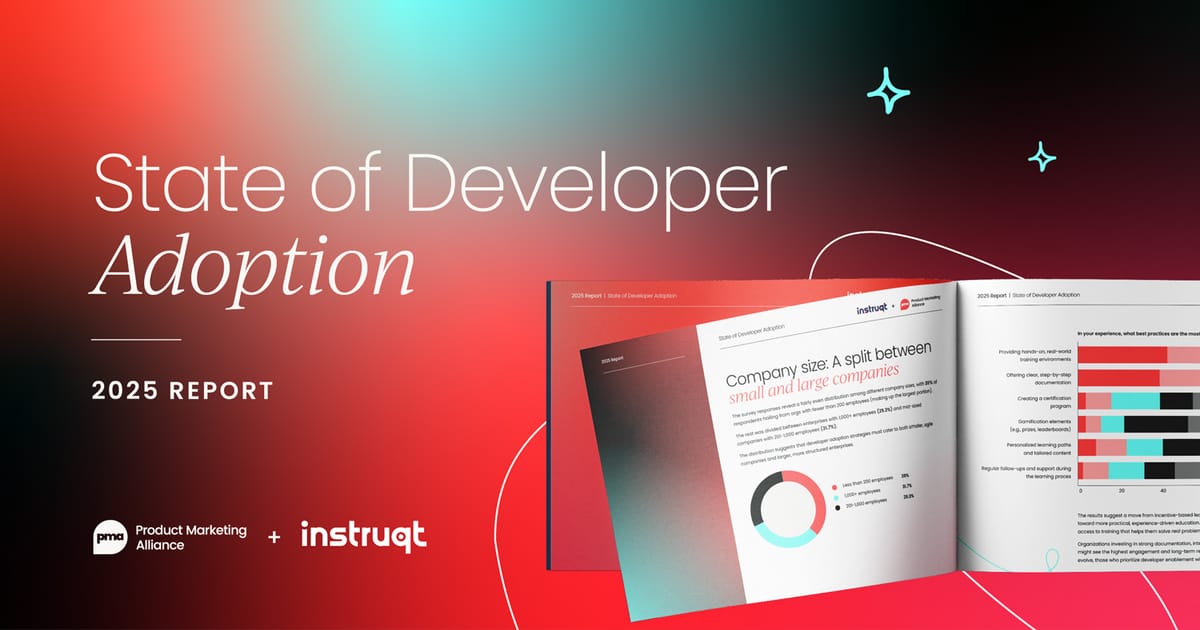
6. Incentives: What works in North America can backfire elsewhere
Lastly, let’s talk about incentives. Offering a $25 or $50 gift card for a survey response? It’s almost expected in the U.S. and Canada — and it works.
But in Europe, I learned this can trigger negative reactions. There are strict local rules on what employees can accept, and culturally, it can feel inappropriate.
If you’re running global research, customer interviews, or review programs, tailor your incentive strategy by region. One-size-fits-all can actually shrink your response rates and damage perception.
Final thought: GTM is global, but learnings are personal
Looking back, each expansion taught me not only tactical lessons but also a deeper truth: GTM success beyond borders requires cultural empathy, flexibility, and the humility to adapt.
I’m still learning. And as I share these lessons with you, my hope is we, as a product marketing community, continue to swap stories, challenge assumptions, and grow stronger together.
If you want more real-world GTM insights like this, feel free to connect with me on LinkedIn. Let’s keep the conversation going.
About the author
Cris Thome is a PMA Ambassador and Global B2B SaaS Product Marketing Leader with deep expertise in go-to-market strategy and background in retention and lifecycle marketing.
She has led GTM expansion efforts across North America and Europe in MarTech, HR Tech, and Multi-Location Marketing.





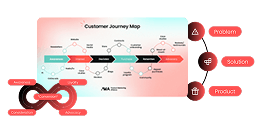



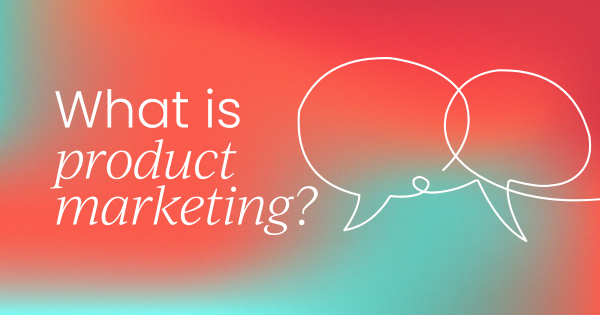
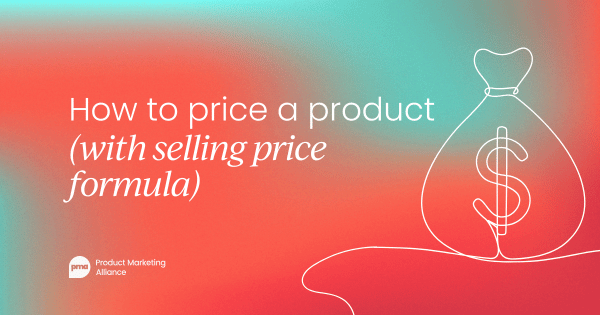
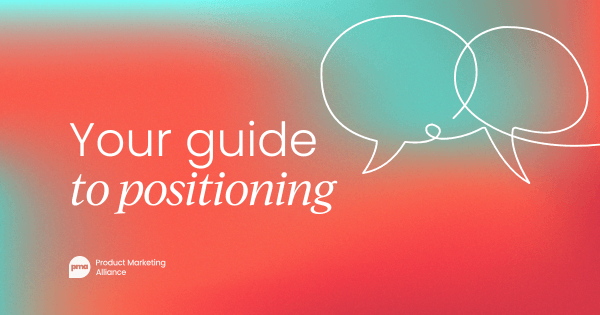
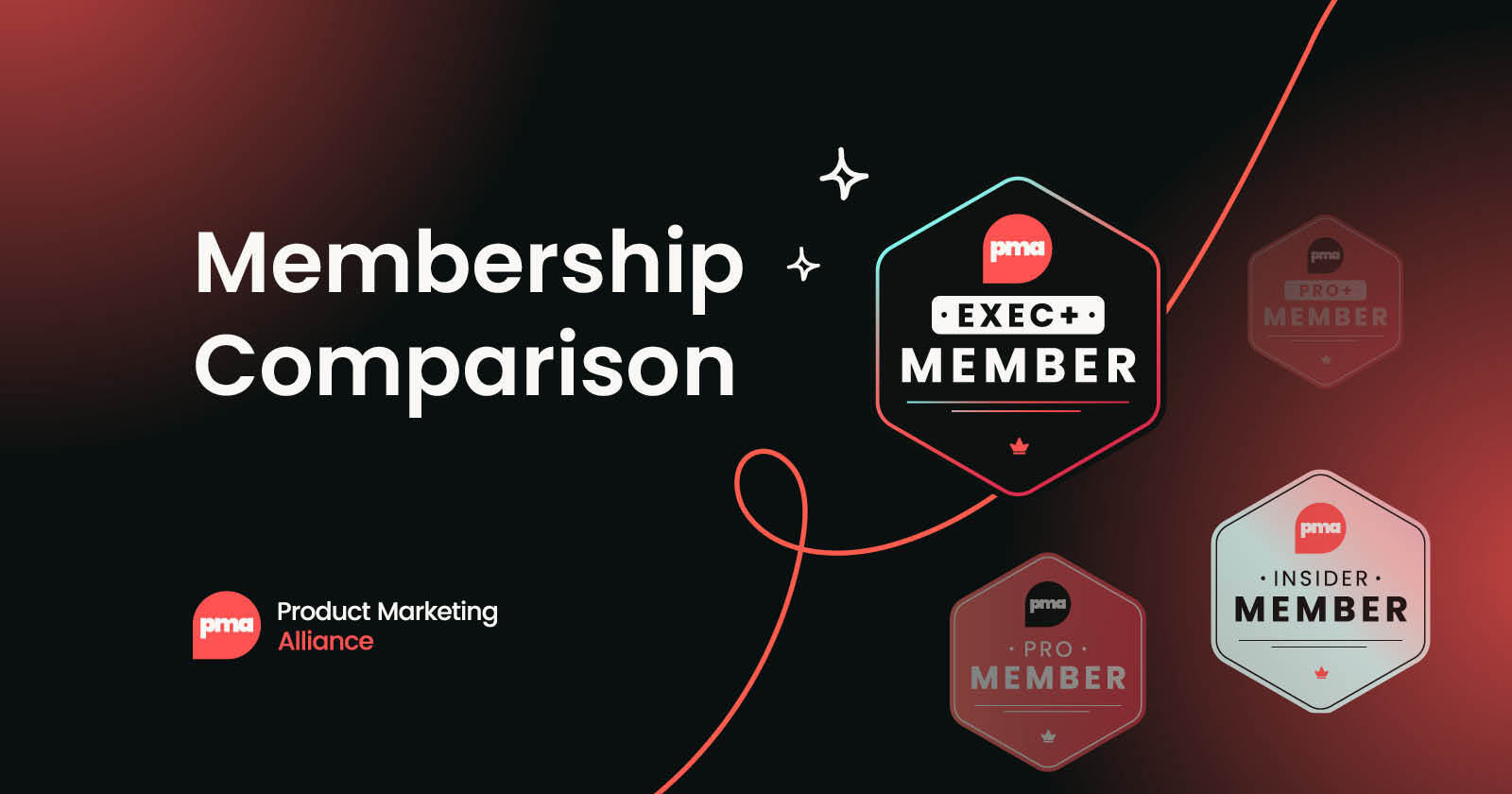
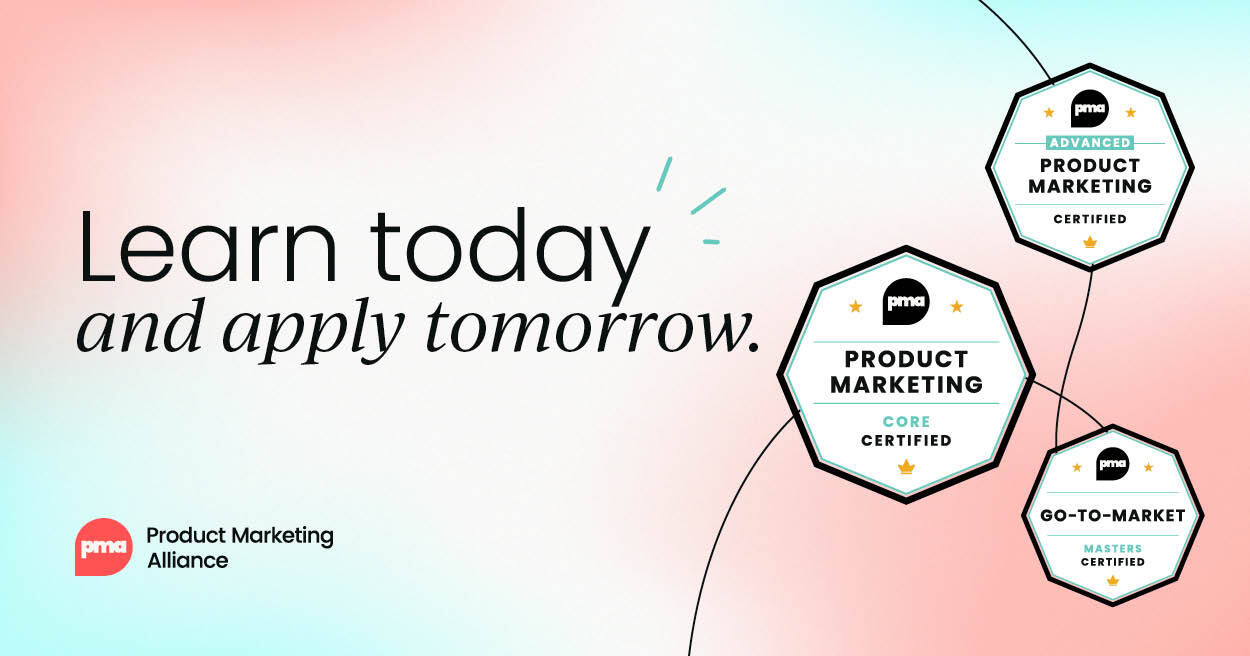
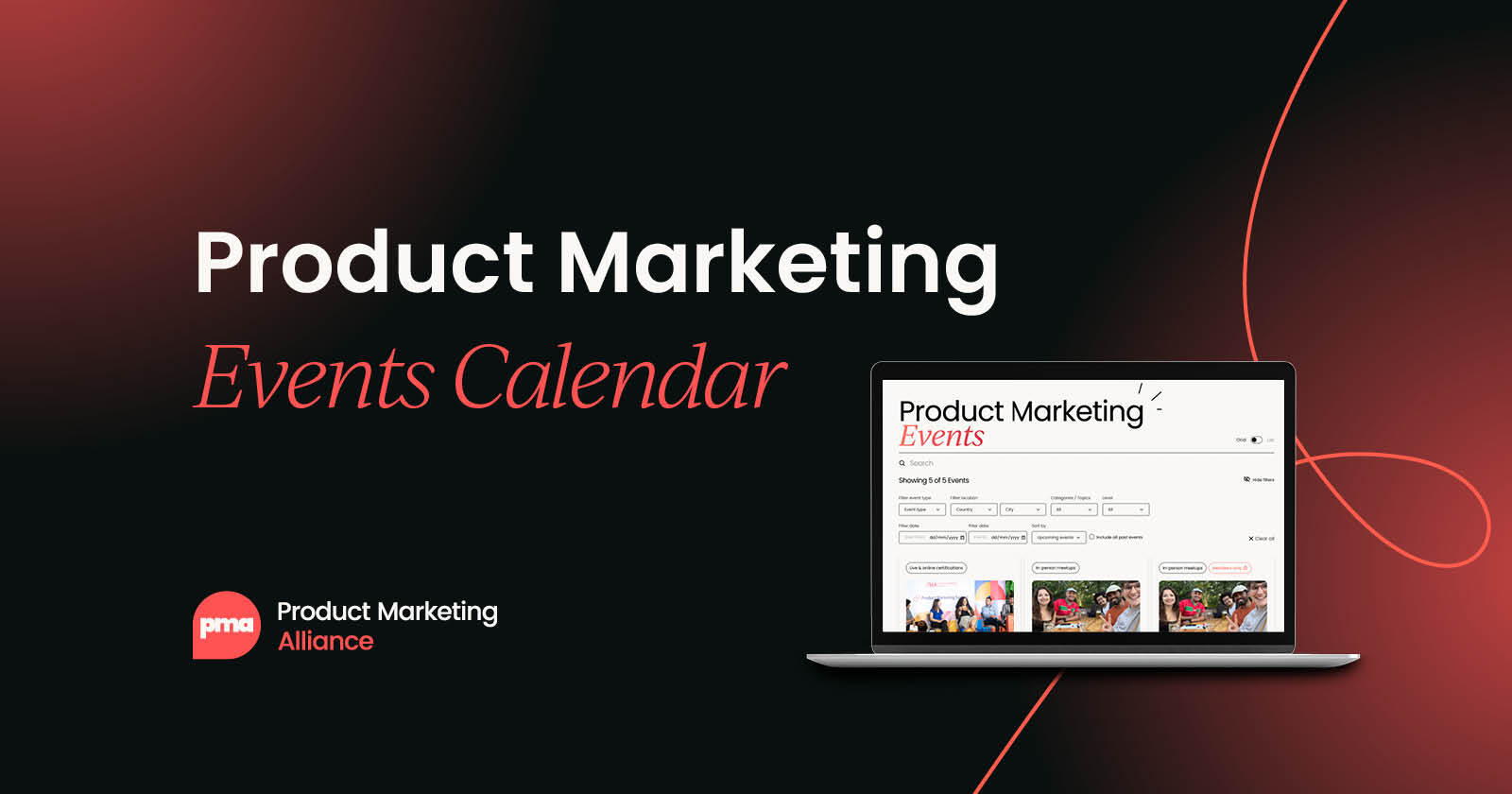
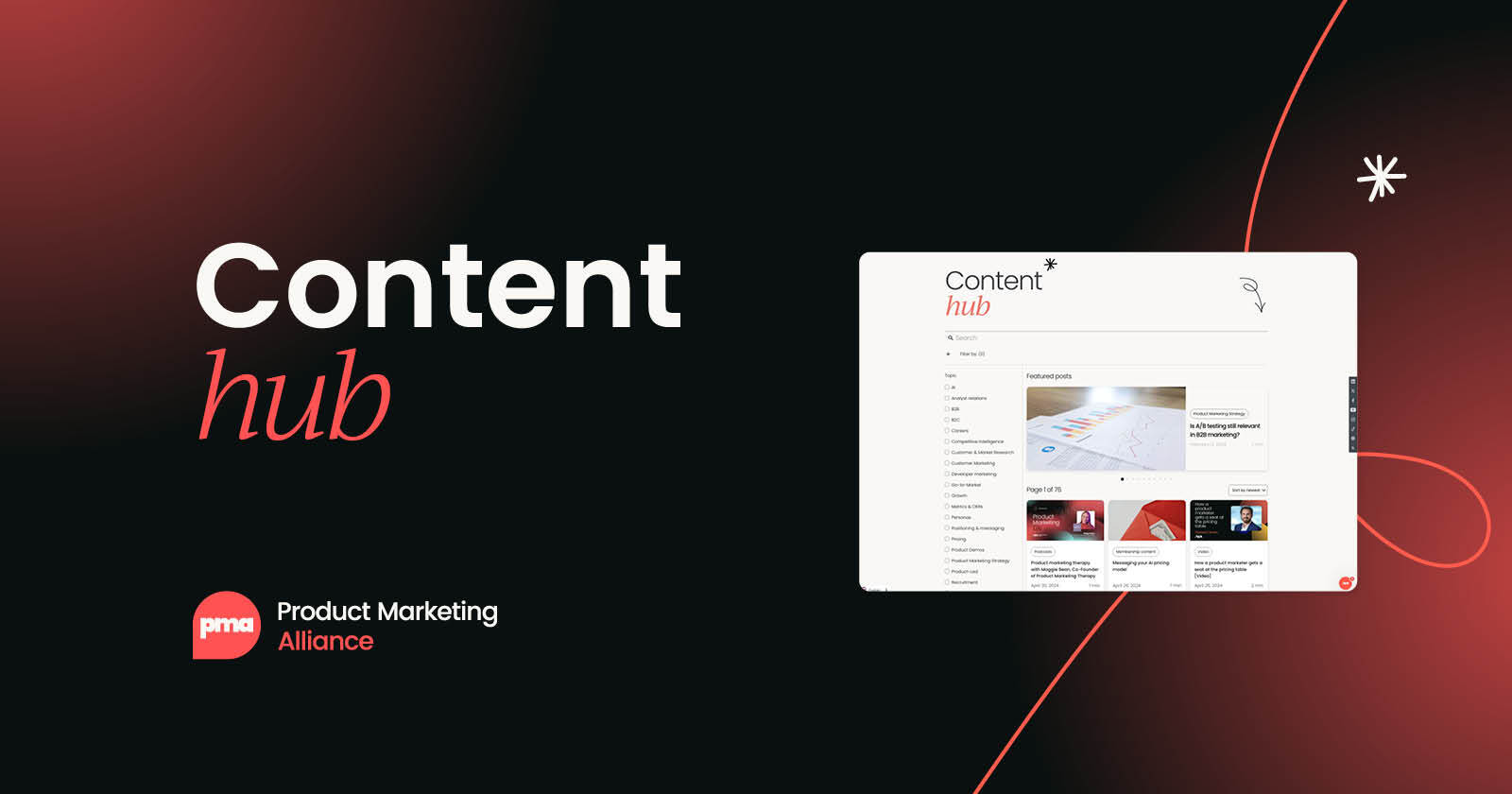

 Follow us on LinkedIn
Follow us on LinkedIn



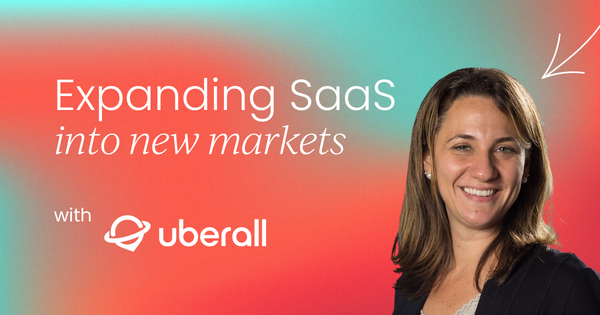


.svg)
Start the conversation
Become a member of Product Marketing Alliance to start commenting.
Sign up now